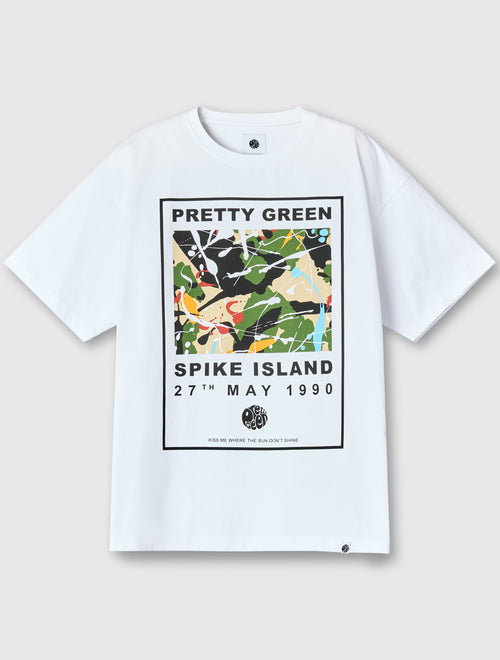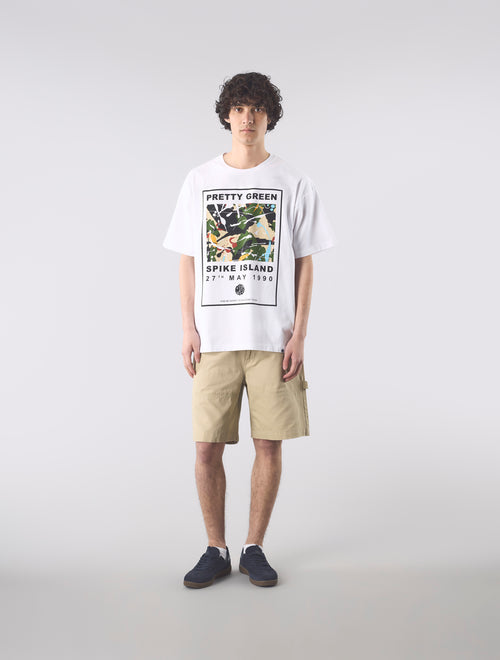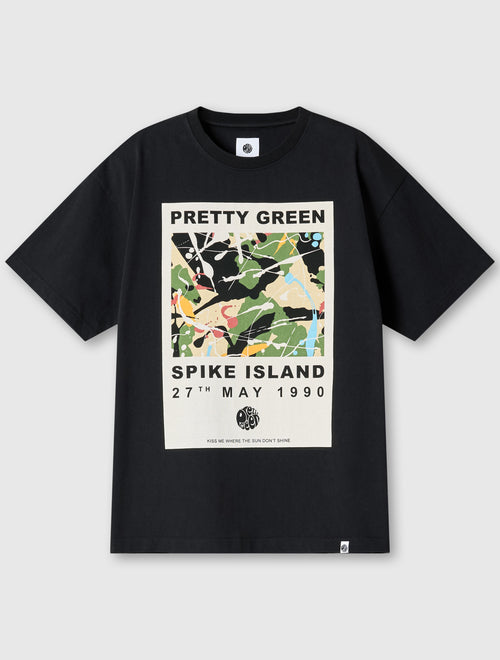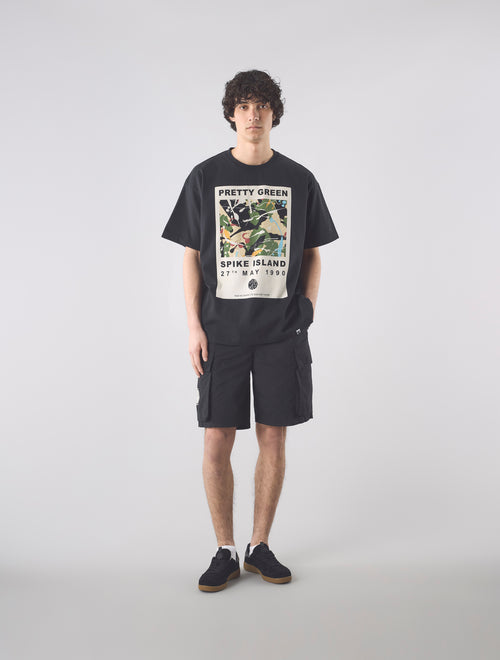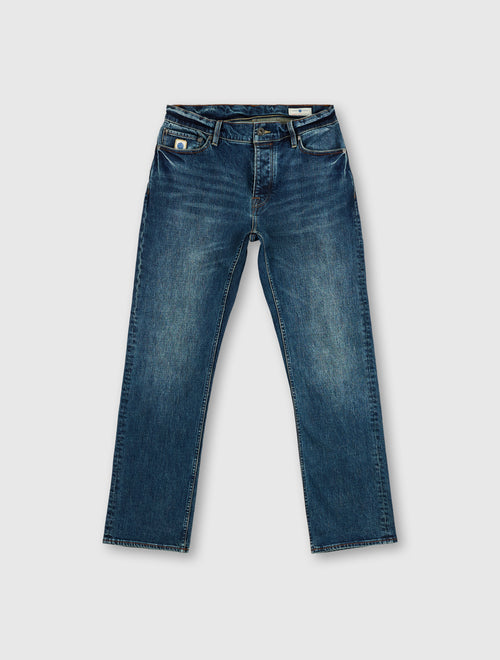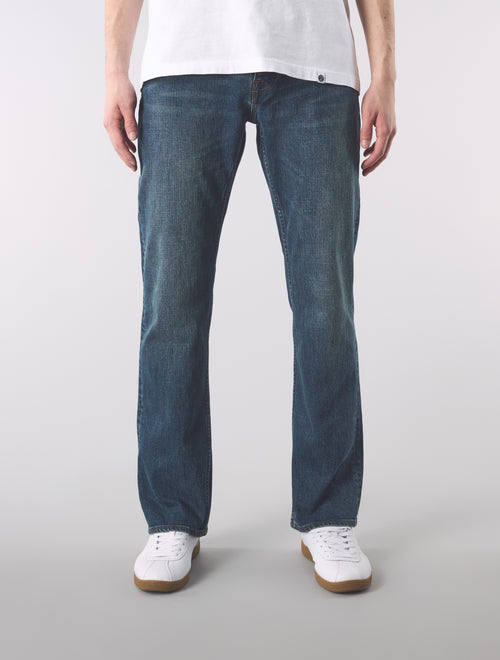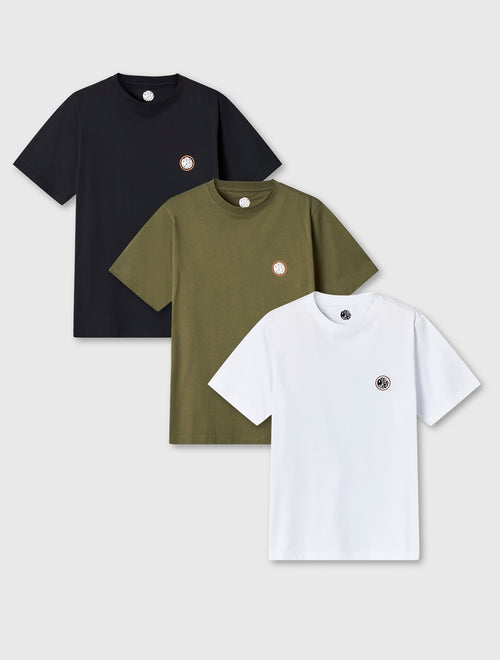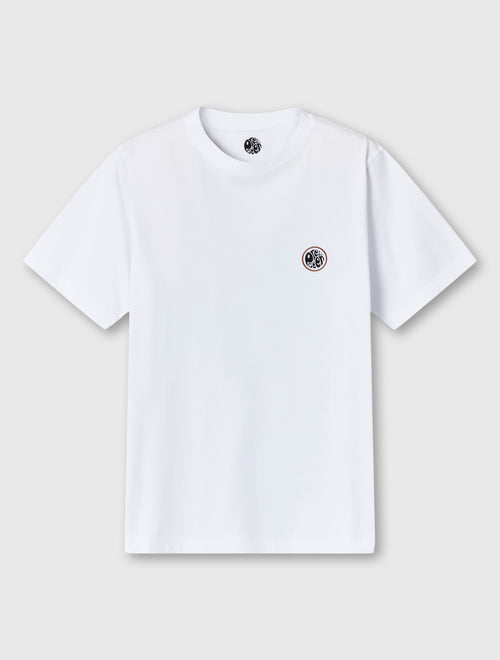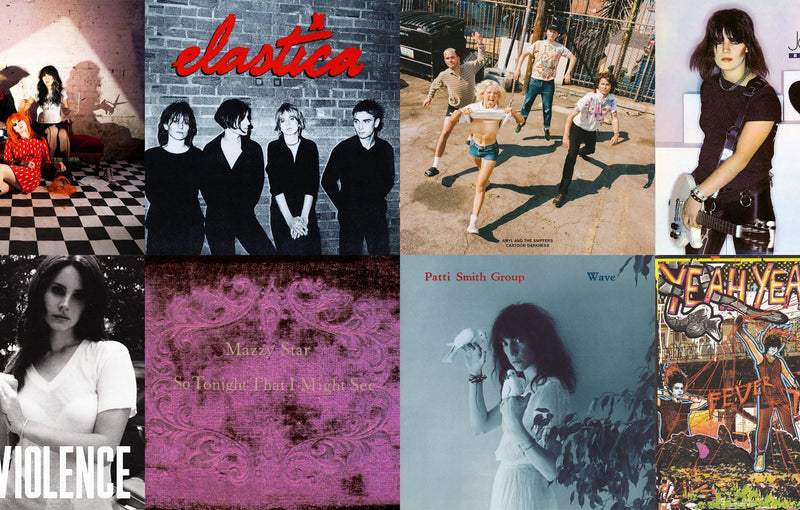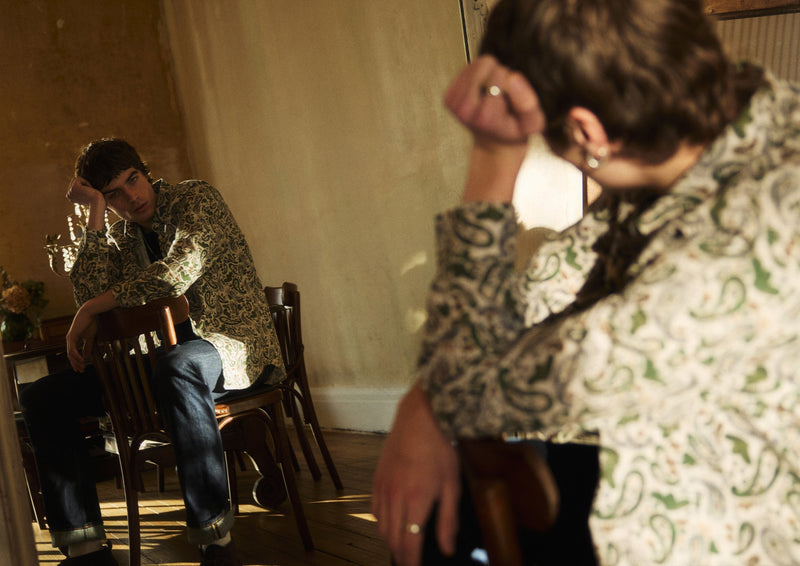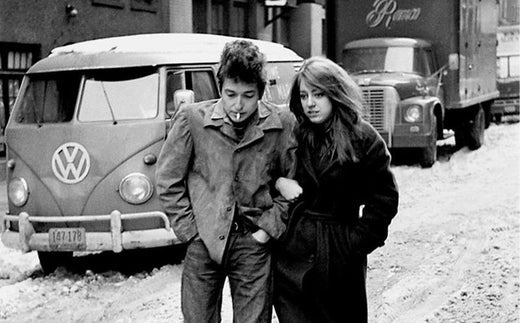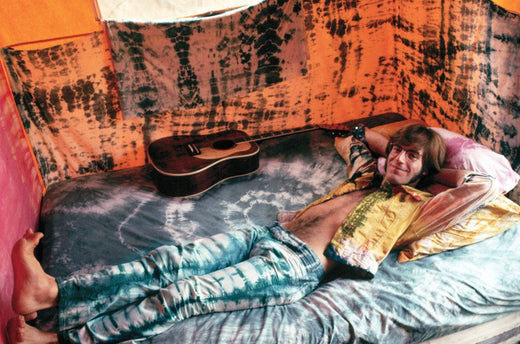
A BRIEF HISTORY OF TIE DYE
Tie dye has become synonymous with freedom, creativity, and counterculture. But its origins trace back thousands of years, weaving through cultures and continents before becoming an emblem of the 1960s counter-cultural movement.

SHIBORI
One notable early variant is the Japanese art of Shibori. Shibori involves the intricate binding, folding, and twisting of fabric before dyeing, resulting in captivating patterns famed for their indigo colour. This technique was used to create textiles ranging from kimonos to tapestries, showcasing the Japanese mastery of design and craftsmanship.

BANDHANI
In India, tie dyeing has been practiced for centuries. The Bandhani technique, where small points on the fabric are tied tightly with thread before dyeing, is a quintessential example; the earliest evidence of this dyeing style dates back to 4000 BC.

ADIRE
In Africa, tie dyeing techniques can be traced back as early as the 6th century. Known as àdìrẹ, this method involves tying off sections of cloth with raffia or cotton thread before dyeing to create intricate patterns.

1960s COUNTER-CULTURE
Tie dye as we know it in the modern day arguably emerged most prominently in the United States during the 1960s. The countercultural movement, fueled by a desire to break away from the societal norms of the time and adopt ideas from non-Western cultures, adopted DIY tie-dye clothing, in part fueled by Rit Dye’s rise in popularity, as a visual representation of their ethos.

PRETTY GREEN
At Pretty Green, we have our own place in the lineage of tie dye, having used it across a range of pieces since the inception of the brand. In our latest collection we continue the tradition with a selection of t-shirts, polos and a short-sleeve shirt that features a Shibori inspired tie dye print.

